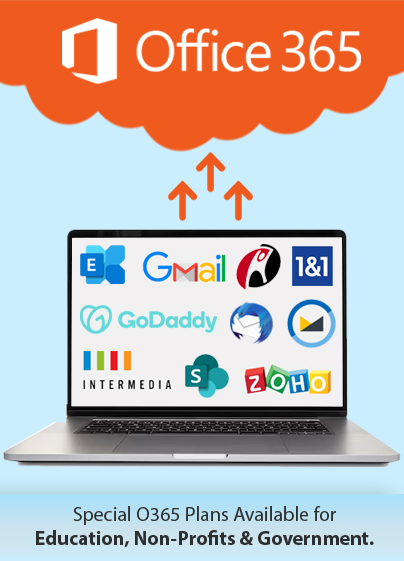How to Migrate Legacy Exchange DLP Policies to Microsoft Information Protection?
Microsoft announced the private preview for the Exchange data loss prevention (DLP) migration wizard in March 2021. It had released 27 new predicates for Exchange DLP in the Microsoft 365 compliance center that brought parity between the Microsoft 365 compliance center the legacy Exchange admin center predicates. With the Exchange DLP migration wizard, organizations can seamlessly migrate their Exchange DLP policies managed in the Exchange admin center to the Microsoft 365 compliance center. With this, it is possible to access advanced classification capabilities such as exact data match (EDM,) machine learning (ML), rich alerts, incident management features, and other advanced features. Let us explore how to migrate legacy Exchange DLP policies to Microsoft Information Protection.
What Are the Advantages of Moving to Office 365 DLP?
With Office 365/ Microsoft 365, organizations can configure and manage data loss prevention (DLP) policy for SharePoint, One Drive for Business, Teams, and other applications across their digital estate. Here are some of the advantages of moving to Office 365 DLP.
- Protect sensitive information, such as credit card numbers, that might be stored in different locations, such as Exchange Online, SharePoint Online, OneDrive for Business, Microsoft Teams, and Endpoint.
- Automatically block access to documents or emails from being sent if they contain sensitive information, such as health records from being shared with people outside the organization.
- Protect sensitive information by enforcing DLP policies on desktop versions of Excel, PowerPoint, and Word to monitor content shared in these Office programs.
Why Migration Wizard for Bringing DLP Policies from the Exchange Admin Center to Office 365?
The DLP migration wizard simplifies the process of replicating policies in EAC to Office 365. Here are some of the advantages of using the tool.
- With the ability to bring all the policies in Exchange with associated rules to the Office 365 DLP solution with a few clicks, admins can save significant time and effort by using the wizard.
- Admins can select the state in which they bring the policies and associated rules and fine-tune the implementation with minimal post-migration steps.
- Organizations can bring the policies in a multi-phase manner by choosing to start with a single policy and evaluating the Office 365 DLP solution simultaneously in the test mode.
- Identify and rectify gaps with detailed post-migration reports that capture warnings or errors associated with rules.
What Are the Migration Steps to Move DLP Policies from Exchange to Office 365 DLP?
After evaluating the DLP policies for need and compatibility in the Exchange DLP and Microsoft 365 Compliance center, follow the steps below to use the migration wizard for moving DLP policies.
- Launch the Microsoft 365 Compliance center DLP console.
- A banner will appear if there are Exchange DLP policies that can be migrated.
- Click on the Migrate policies button in the banner to open the migration wizard.
- Select the Exchange DLP policies to be migrated individually or in groups and click on Next.
- Resolve any issues with regards to warnings or messages that may appear on the flyout pane.
- Select between Active, Test, or Disabled mode for migrating the policies to the Microsoft 365 Compliance center.
- Click on Complete import after reviewing the migration wizard session settings and the migration report for warnings and errors.
The selected Exchange DLP policies will appear in the Compliance center DLP console.
Apps4Rent Can Help with Exchange to Office 365 Migration
While the migration wizard will simplify the process of bringing DLP policies in Office 365/ Microsoft 365 from Exchange, most migrations from legacy Exchange Servers to Office 365 require planning and migration expertise.
As a Tier 1 Microsoft CSP, Apps4Rent has helped several thousand Exchange users upgrade to Office 365/ Microsoft 365 plans. Phone, email, or chat with our Microsoft certified Office 365 admins available 24/7 for assistance.
Apps4Rent – Tier 1 Office 365 Cloud Solution Provider
